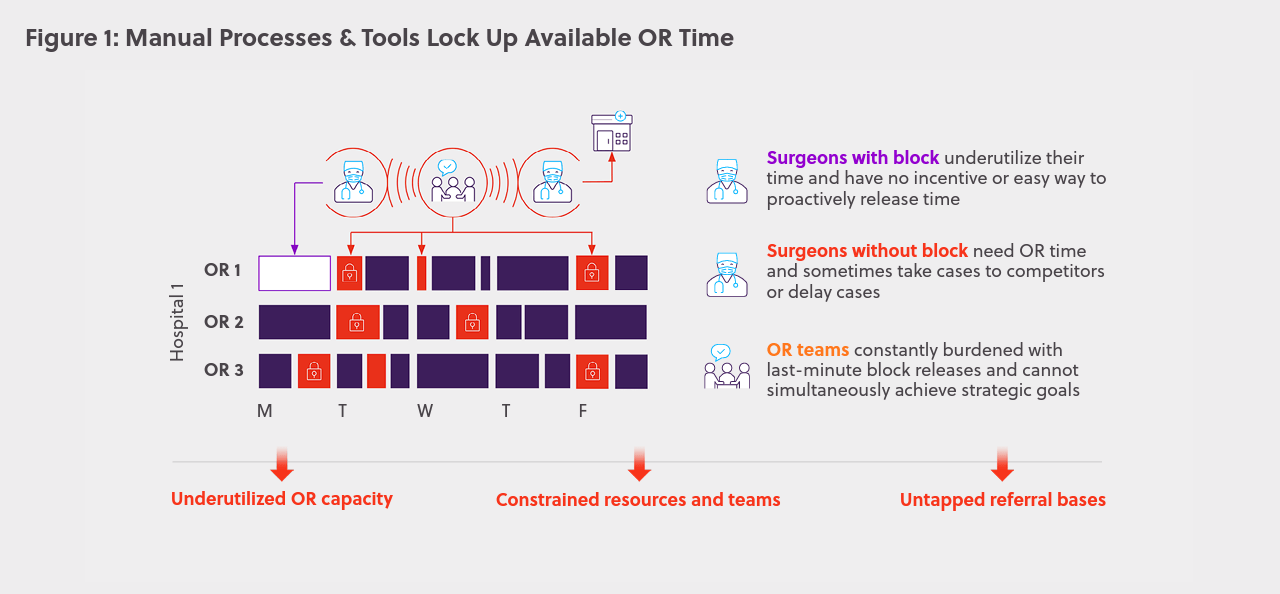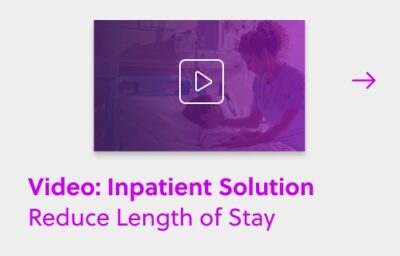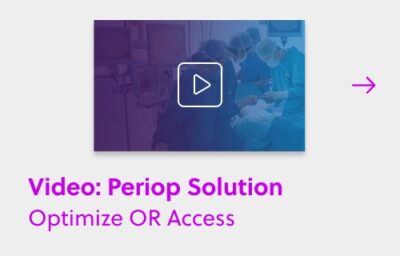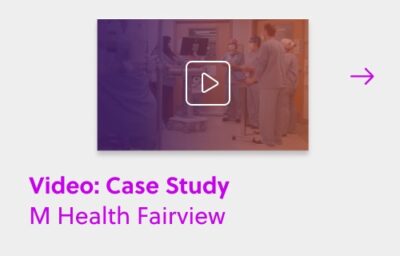Based on work with OR leaders across the country, Qventus has identified six proven strategies to increase OR access, grow surgical case volumes, and gain market share using AI & automation. To further explore these strategies, download the new white paper.
Growth is Constrained by Manual Processes & Tools
Health systems across the country are redoubling their efforts to improve OR revenue — but manual processes prevent them from using personnel and facilities as effectively as they could. The mismatch between surgeons and procedures that need OR access and the blocks of time available results in delayed surgeries for patients, dissatisfaction for surgeons and OR staff, and millions of lost dollars annually for a facility.
Developing more resources is not a practical short-term answer for accommodating increased surgical volume. The only realistic answer for most organizations is to make the most of their existing resources.
Six Strategies Drive Growth Using Automation
Now, leading healthcare organizations are using automation to optimize their perioperative services in order to drive growth. To do this successfully, leading health systems use an integrated strategy that optimizes OR access, increases strategic cases, and captures additional market share.
By unlocking more OR time and reducing scheduling friction, OR access increases. By strategically filling that open time and engaging surgeons, case volumes and margins improve. And by optimizing referral streams and reducing leakage, market share expands. This strategy is further accelerated by a data-driven culture of continuous improvement. Here are the six strategies that OR leaders are using to unleash perioperative growth:
#1 Unlock OR time: Using machine learning to predict a month or more in advance specific times within blocks that are likely to go unused and incentivize release; proactively identifying and proposing alternative rooms for non-robotic cases scheduled in OR rooms with robots
#2 Reduce scheduling friction: Enabling surgical schedulers to view and request OR time without logging into the EHR, and incorporating AI predictions for wheels-in/wheels-out case length based on a surgeon’s performance to improve scheduling accuracy
#3 Strategically offer OR time: Automating machine learning-driven outreach to the best-fit surgeon for an available time based on practice patterns, past performance, and strategic goals — instead of filling available time on a first come, first serve basis
#4 Attract & retain surgeons: Automatically offering priority OR time when it becomes available so that surgeons know that the OR department is working hard to find them time, rather than limiting them to allocated blocks and allowing backlogs to accumulate
#5 Optimize referrals streams: Combining EHR and market data and then applying intelligence to surface targeted new referral sources (e.g. for robotic cases), proactively detect and mitigate at-risk referrals, and consolidate splitter volumes
#6 Drive continuous improvement: Leveraging real-time analytics to recognize strong performance and highlight improvement opportunities for OR teams, as well as provide surgeons with targeted insights to grow their practices effectively
Each of the strategies on its own can contribute to a more efficient surgical department and a healthier revenue stream. Together they can unleash growth that was never possible before, while delighting surgeons, making life simpler for patients, and easing the burdens of your staff. By using AI & automation, health systems utilize more than 50% of the released block time, add over 2 cases per OR per month, and generate up to $10 million more annual revenue per facility.
All of these capabilities are possible now, and health systems that adopt them first will gain a significant strategic advantage in their market. Now is the time to harness technology to supercharge your perioperative enterprise.
Learn More
Download the white paper to learn how you can harness the power of automation and AI to grow your perioperative services.




